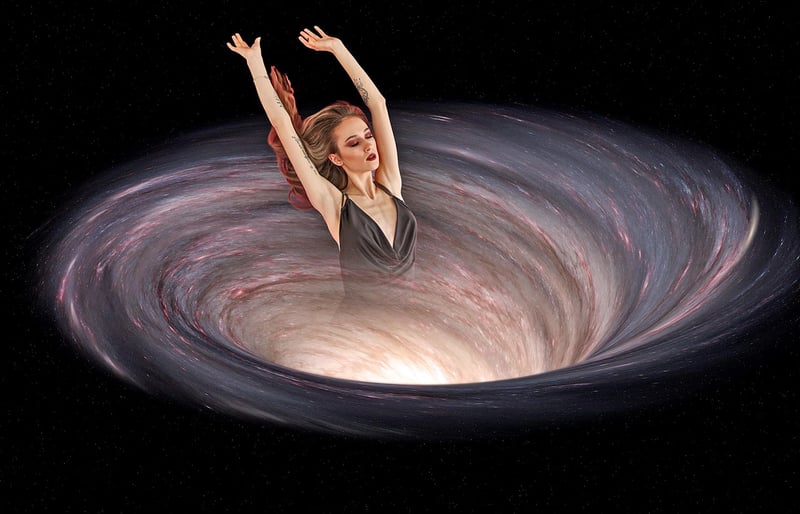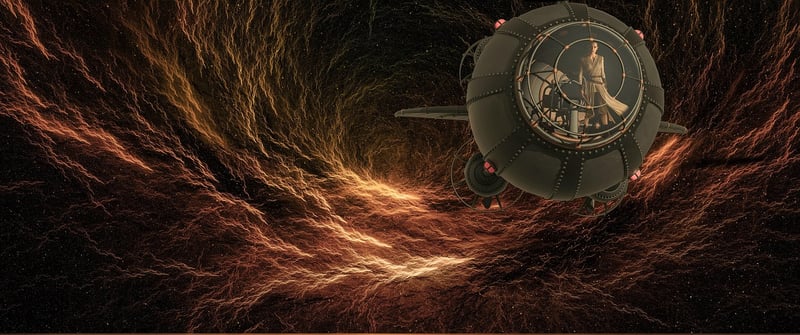Wormholes
The Physics of Time Travel and Wormholes
Time travel has long been a fascinating concept in science fiction, but is it actually possible according to the laws of physics? Let's delve into the intriguing world of time travel and explore the role of wormholes in this theoretical phenomenon.
Understanding Time Travel
According to Einstein's theory of relativity, time is intertwined with space in what is known as spacetime. Time dilation, a key concept in this theory, suggests that time can be experienced differently for two observers depending on their relative motion or proximity to a gravitational field.
Time travel to the future is theoretically possible and has been observed in experiments involving high-speed travel or extreme gravitational conditions. However, traveling to the past is far more complex and raises paradoxes like the famous grandfather paradox.
Role of Wormholes
Wormholes, also known as Einstein-Rosen bridges, are hypothetical passages through spacetime that could potentially connect two distant points. In theory, traversable wormholes could allow for shortcuts through spacetime, enabling faster-than-light travel and even potential time travel.
While wormholes remain a speculative concept, they have captured the imagination of scientists and writers alike. The exotic matter with negative energy required to stabilize a wormhole is a major hurdle in making them a reality.
Conclusion
Time travel and wormholes are fascinating topics that push the boundaries of our understanding of the universe. While the physics behind them is complex and theoretical, they continue to inspire research and spark creative thinking in the realms of science and science fiction.

Explore more about the physics of time travel and wormholes to unlock the mysteries of the universe and expand your knowledge of these mind-bending concepts.
References:
Time Travel - Wikipedia
Wormholes - Wikipedia
